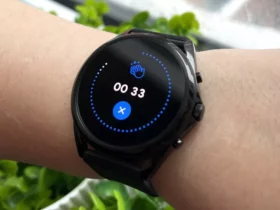Nine times, with the help of advanced parachutes, huge airbags, and jetpacks, NASA has managed to land spacecraft on the surface of Mars. Now, engineers are looking at whether or not a crash landing is the quickest way to the Martian surface. Similar to a car’s crumple zone, the SHIELD lander is built to absorb the force of a collision.
A prototype lander design known as SHIELD uses a foldable base to behave like a car’s crumple zone and cushion the force of a violent impact rather than using a parachute to slow a spacecraft’s high-speed drop before hitting the ground. The new design has the potential to greatly cut the cost of landing on Mars by making the dangerous entrance, descent, and landing process much easier. Potential landing locations can also increase as a result.
JPL’s SHIELD team member Velibor Cormarkovic explained that while researching methods for this process, the team pondered whether or not the overall concept was reversible.
Engineers wanted to demonstrate SHIELD’s ability to shield electronics from damage during landing to see if the concept could be put into practice. To ensure that Perseverance’s sample tubes would survive a crash landing on Earth, the researchers employed a drop tower at JPL that was approximately 90 feet (27 meters) in height. It has a bow launch system, which is essentially a huge sling that can deliver an object into the ground at the same velocity as a Mars landing.
Cormarkovic has experience in the auto business from his time spent there evaluating vehicles with crash dummies. Some of these tests involve crashing the automobiles into a wall or collapsible barrier while they are mounted on sleds and propelled to high speeds. Accelerating the sleds can be done in a number of ways, including with a sling that functions similarly to a bow launch.
Test footage captured by high-speed cameras reveals that SHIELD landed at an angle, bounced up about 3.5 feet, and then flipped over. Since there was no bouncing in the preliminary tests, the team has settled on the steel plate as the likely culprit.












Leave a Reply